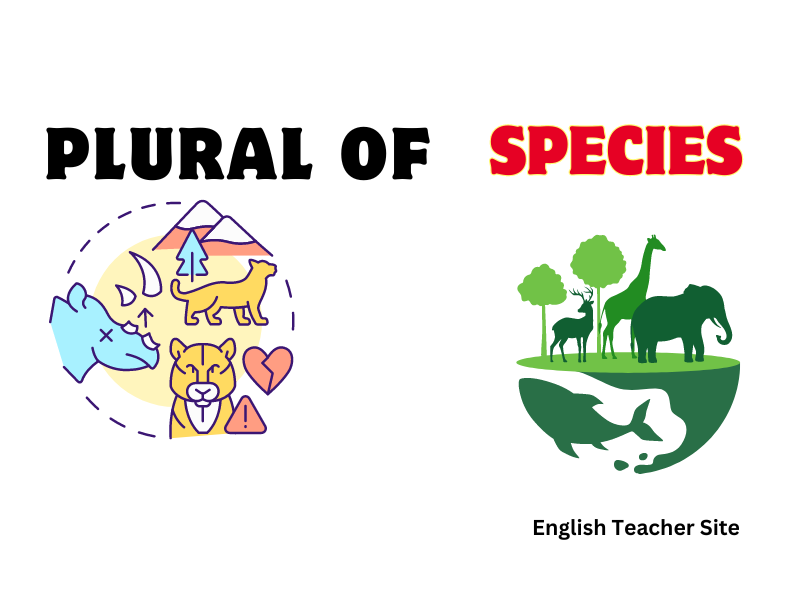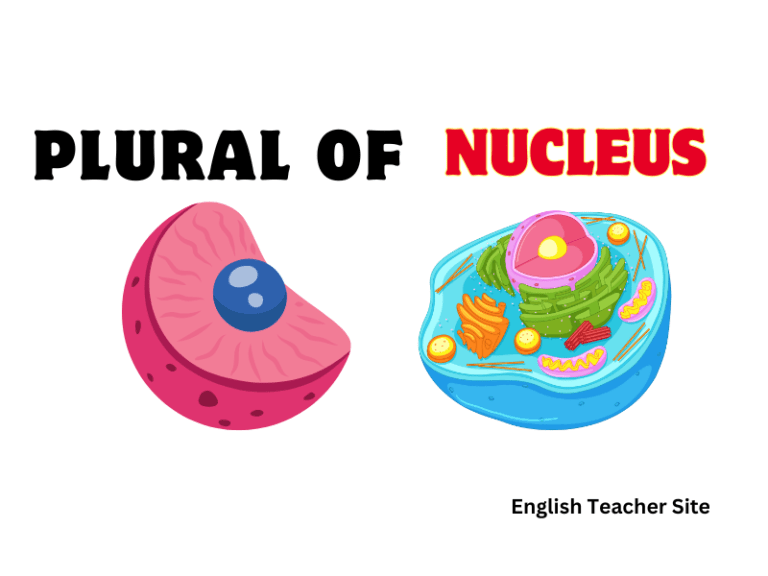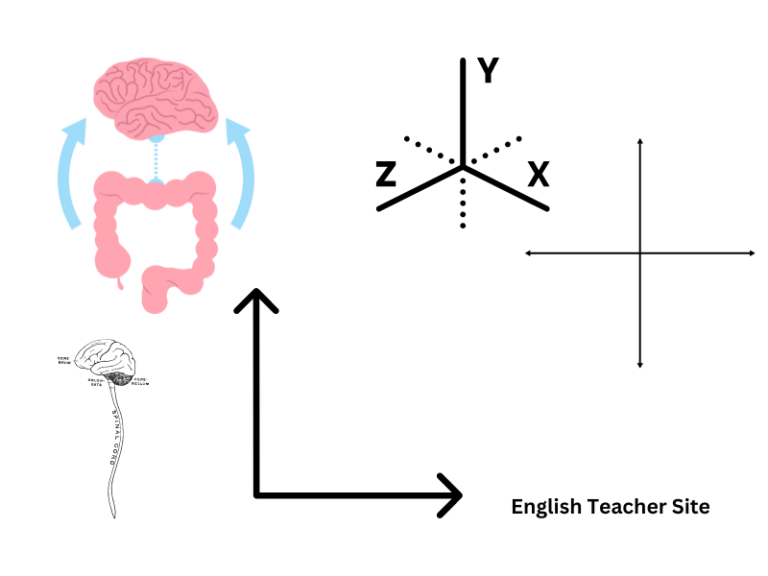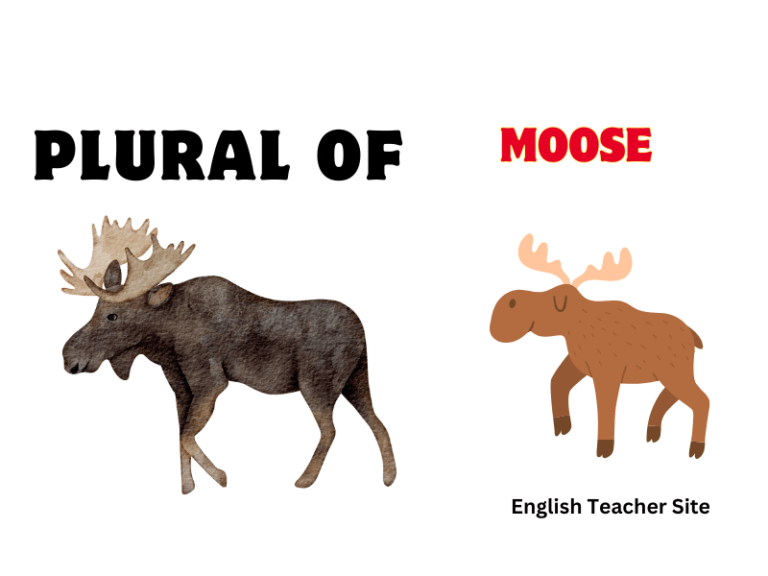What’s the Plural of Species: Understanding Singular and Plural Forms

- ‘Species‘ serves as both the singular and plural form of the term.
- It is a classification in biology used to describe a group with similar characteristics that can interbreed.
- The plural of most English nouns is formed by adding ‘s’ or ‘es’, making ‘species’ an irregular noun.
The term, used to describe a group of living organisms capable of exchanging genes or interbreeding, is unique in that its singular and plural forms are identical. This is a peculiarity in the English language, where most nouns follow the pattern of adding an ‘s’ or ‘es’ to create their plural forms.
What’s the Plural of Species?
Singular and Plural Usage:
- Singular: The species is known for its vibrant coloration.
- Plural: There are several endangered species within this habitat.
Characteristics of ‘Species’ as an Invariant Noun:
| Singular Form | Plural Form | Example Usage |
|---|---|---|
| species | species | A single species thrives in a diverse ecosystem. |
| Multiple species share common traits within a genus. |
Context Clues for Determining Number:
Articles and Quantity Words:
- A species (Singular)
- The species (Could be Singular or Plural depending on context)
- Many species (Plural)
Verbs and Pronouns:
- This species is (Singular)
- These species are (Plural)
Singular Form of Species
The singular construct does not require any modification and should be used with singular verb forms. Here’s a brief guide to understanding its usage:
- Singular verb agreement: “This species is known for its vibrant colors.”
Table 1: Usage Examples of Species as Singular
| Sentence Structure | Correct Usage |
|---|---|
| Subject-Verb Agreement | This species is endangered. |
| Possessive Form | The species’ habitat is shrinking. |
Table 2: Common Misconceptions
| Incorrect Assumption | Correction |
|---|---|
| Species requires a singular form like “specie” | “Species” is both singular and plural. |
| The word changes in singular contexts | “Species” remains the same. |
- Identifying a single species: The Panda species has a unique thumb.
- Describing characteristics: This species thrives in cold environments.
Definition of Species
The term species represents one of the fundamental units in biological classification. It denotes a group of living organisms that share common characteristics and are capable of interbreeding to produce fertile offspring. The concept of species is pivotal to our understanding of biological diversity and the classification of life on Earth.
Key characteristics defining a species include:
- Common traits
- Reproductive compatibility
- Genetic similarity
Species Classification:
- Kingdom
- Phylum
- Class
- Order
- Family
- Genus
- Species
Application of the Term:
- The term is used consistently for both the singular and plural forms.
- In taxonomy, species names are composed of two parts: the genus name followed by the species name (e.g., Homo sapiens).
| Species Name Example | Common Name |
|---|---|
| Panthera leo | Lion |
| Canis lupus | Gray Wolf |
| Biological Concept | Description |
|---|---|
| Biological Species | A group capable of interbreeding and producing offspring |
| Phylogenetic Species | Defined by evolutionary history and common ancestors |
Other Irregular Plural Nouns
Common Irregular Plurals
| Singular | Plural |
|---|---|
| Child | Children |
| Woman | Women |
| Man | Men |
| Mouse | Mice |
More examples of irregular plural nouns include the following:
- Foot becomes feet, not foots.
- Tooth changes to teeth, avoiding the addition of -s.
- Goose transitions into geese, another instance of vowel alteration.
Some nouns remain the same in both their singular and plural forms, similar to “species”:
- Sheep
- Deer
- Aircraft
These nouns do not add an ending to become plural; their form is unchanged.
Other Irregular Patterns
Certain plural forms involve more than a vowel change or maintaining the same form:
- Singular nouns ending in -us usually change to end in -i (cactus to cacti).
- Nouns ending in -is often end in -es in the plural form (analysis to analyses).
| Singular | Plural |
|---|---|
| Criterion | Criteria |
| Thesis | Theses |
Sentences with the Word Species
Singular Sentences:
| Sentence | Use Case |
|---|---|
| The species is endangered and requires conservation efforts. | Refers to one group of organisms. |
| This species has a wide range of colors varying from blues to greens. | Describes characteristics of a single species. |
In each of these examples, “species” addresses a single category without altering its form.
Plural Sentences:
- Scientists have discovered several species in the tropical rainforest that are not yet classified.
- Invasive species can outcompete native species for resources.
- Different species often have unique adaptations that allow them to survive in various environments.
Origin of the Word Species
The English language often borrows words from Latin, and the word “species” is no exception. Originating from the Latin word speciēs, which means “appearance” or “sort,” it has retained much of its original meaning as it has evolved into its current use in English. The rich history of the term reflects a journey through philosophy, science, and general use.
Etymology and Usage:
- Latin Root: Derived from speciō (“I look” or “I see”) + -iēs suffix indicating an abstract noun.
- Early Usage: Initially used in the context of a visual appearance or a type, later to denote a group with common characteristics in natural science.
Grammatical Evolution:
- Singular and Plural: Unusually, “species” serves as both the singular and plural form, a characteristic it adopted early in its etymology.
- Early Confusion: The word “specie,” often mistakenly believed to be the singular form, is unrelated and refers to money in the form of coins.
| Century | Usage |
|---|---|
| 16th | “Species” enters English, reflecting philosophical categories |
| 18th | Firmly established in biological nomenclature to classify organisms |
| Singular | Plural |
|---|---|
| Species | Species |
Sources
My name is Khamis Maiouf. I am the creator of the English Teacher Site, dedicated to providing valuable resources and insights for students around the world. With a passion for education and a commitment to helping students enhance their skills, I aim to make English teaching more effective and enjoyable for both educators and students.





